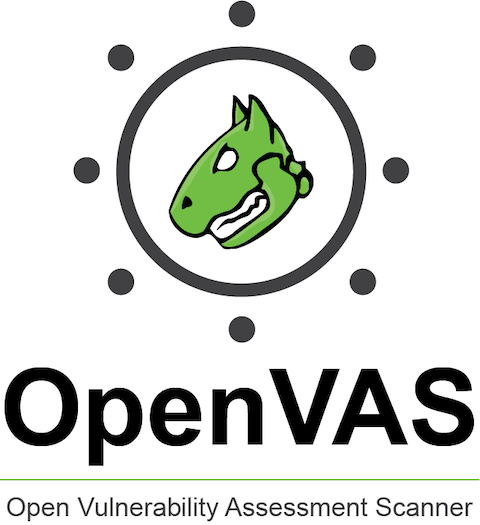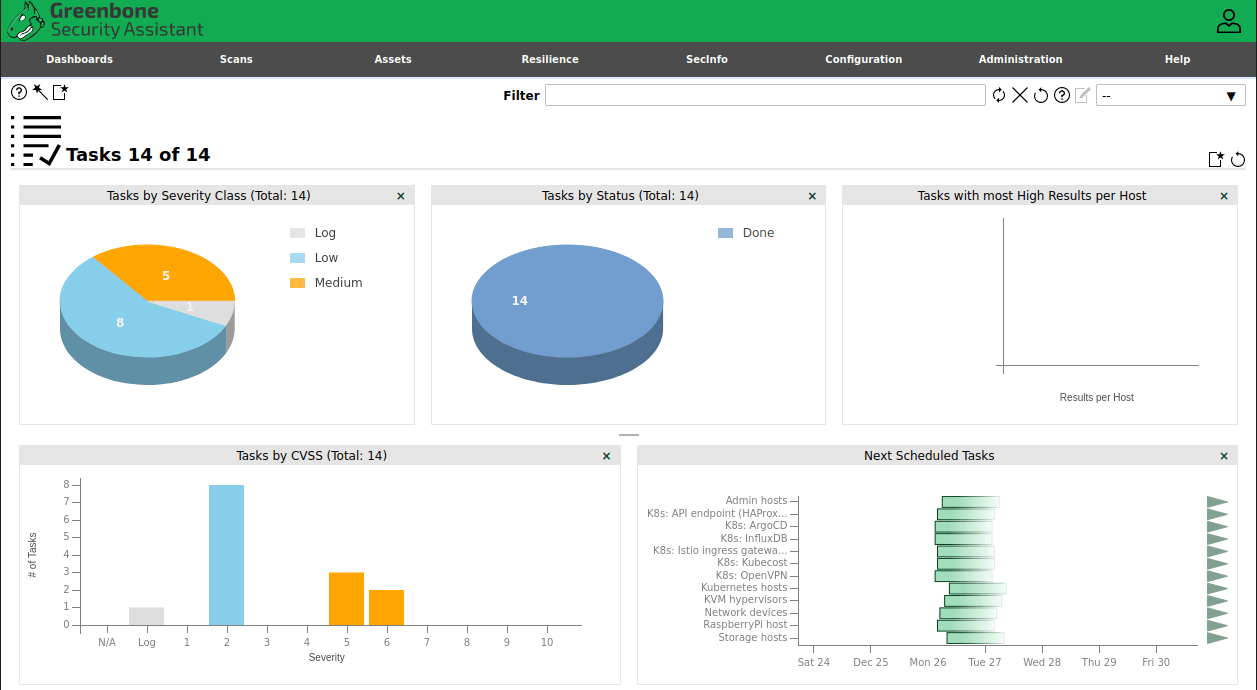How To Install GVM Vulnerability Scanner on Linux Mint 22

In today’s digital landscape, ensuring the security of your systems is paramount. The Greenbone Vulnerability Management (GVM) system, formerly known as OpenVAS, stands out as a powerful open-source vulnerability scanner. This article will guide you through the process of installing GVM on Linux Mint 22, providing you with a robust tool to identify and manage potential security risks in your network.
Linux Mint 22, known for its stability and user-friendly interface, serves as an excellent platform for hosting GVM. By integrating this scanner into your Linux environment, you’ll be equipped with a comprehensive solution for detecting vulnerabilities and strengthening your overall security posture.
Understanding GVM Vulnerability Scanner
What is GVM?
GVM is a full-featured vulnerability scanning and management solution. It’s designed to detect security issues in a wide range of systems and networks, providing detailed reports and recommendations for remediation. As an open-source project, GVM benefits from continuous community contributions and updates, ensuring it stays current with the latest security threats.
Key Features and Benefits
- Comprehensive vulnerability detection
- Regular updates to vulnerability database
- Customizable scan configurations
- Detailed reporting and analytics
- Integration capabilities with other security tools
Comparison with Other Vulnerability Scanners
While commercial options like Nessus and Qualys offer robust features, GVM stands out for its open-source nature, cost-effectiveness, and flexibility. It provides comparable scanning capabilities to its commercial counterparts, making it an attractive option for organizations of all sizes.
Prerequisites for Installation
System Requirements
Before proceeding with the installation, ensure your Linux Mint 22 system meets the following requirements:
- At least 4GB of RAM (8GB recommended)
- 50GB of free disk space
- Dual-core processor or better
- Active internet connection
Necessary Software Packages
You’ll need to install several packages to support GVM. These include:
- PostgreSQL database
- Redis server
- Various development libraries
Preparing Linux Mint 22 for Installation
Start by updating your system to ensure you have the latest packages:
sudo apt update
sudo apt upgrade -yStep-by-Step Installation Process
Adding the GVM Repository
To install GVM, you’ll need to add the official GVM repository to your system. Open a terminal and run the following command:
sudo add-apt-repository ppa:mrazavi/gvmUpdating Package Lists
After adding the repository, update your package lists:
sudo apt updateInstalling GVM
Now, you can install GVM and its dependencies with a single command:
sudo apt install gvm -yThis process may take some time as it downloads and installs numerous packages.
Configuring the Database
GVM uses PostgreSQL as its database. The installation process should have set this up for you, but you can verify it with:
sudo systemctl status postgresqlIf PostgreSQL isn’t running, start it with:
sudo systemctl start postgresqlSetting Up Initial User Accounts
GVM creates an initial admin account during installation. The default credentials are:
- Username: admin
- Password: admin
It’s crucial to change this password immediately after your first login.
Updating GVM Feeds
To ensure GVM has the latest vulnerability information, update the feeds:
sudo greenbone-feed-syncThis process can take several hours, depending on your internet connection speed.
Post-Installation Configuration
Configuring Network Settings
By default, GVM’s web interface listens only on localhost. To allow access from other machines on your network, edit the GSA (Greenbone Security Assistant) configuration file:
sudo nano /etc/default/gsadChange the LISTEN_ADDRESS line to:
LISTEN_ADDRESS=0.0.0.0Setting Up SSL Certificates
For enhanced security, configure GVM to use SSL certificates. You can generate a self-signed certificate or use Let’s Encrypt for a trusted certificate. For a self-signed certificate:
sudo openssl req -x509 -newkey rsa:4096 -keyout /etc/gvm/ssl/private/gvm.key -out /etc/gvm/ssl/certs/gvm.crt -days 365 -nodesCustomizing Scan Preferences
GVM allows extensive customization of scan preferences. Access these settings through the web interface after logging in. You can adjust scan depth, target selection, and reporting options to suit your specific needs.
Launching and Using GVM
Starting GVM Services
To start all GVM services, use the following command:
sudo gvm-startThis command starts all necessary services, including the scanner, manager, and web interface.
Accessing the Web Interface
Open a web browser and navigate to:
https://localhost:9392If you configured GVM to listen on all interfaces, replace ‘localhost’ with your server’s IP address.

Performing Your First Scan
After logging in, follow these steps to perform your first scan:
- Go to ‘Scans’ > ‘Tasks’
- Click ‘New Task’
- Enter a name for your task
- Select a scan target or create a new one
- Choose a scan configuration
- Click ‘Create’ to save the task
- Start the scan by clicking the play button next to your new task
Troubleshooting Common Issues
Database Connection Problems
If GVM fails to connect to the PostgreSQL database, ensure the database service is running:
sudo systemctl status postgresqlIf it’s not running, start it with:
sudo systemctl start postgresqlFeed Update Failures
If feed updates fail, it’s often due to network issues. Check your internet connection and try again. You can also try updating feeds manually:
sudo greenbone-nvt-sync
sudo greenbone-scapdata-sync
sudo greenbone-certdata-syncWeb Interface Access Issues
If you can’t access the web interface, verify that the GSA service is running:
sudo systemctl status gsadIf it’s not running, start it with:
sudo systemctl start gsadBest Practices for GVM Usage
Regular Updates and Maintenance
Keep your GVM installation up-to-date to ensure you have the latest vulnerability checks and features. Regularly run:
sudo apt update
sudo apt upgradeScan Scheduling and Optimization
Schedule regular scans to maintain an up-to-date view of your network’s security posture. Use the built-in scheduling feature in GVM to automate this process. Optimize your scans by targeting specific IP ranges or systems based on your network’s structure and criticality.
Result Interpretation and Reporting
GVM provides detailed reports after each scan. Take time to understand these reports, prioritize vulnerabilities based on their severity, and develop an action plan for remediation. Use GVM’s built-in reporting tools to generate executive summaries and technical reports as needed.
Congratulations! You have successfully installed OpenVAS. Thanks for using this tutorial for installing GVM Vulnerability Scanner on the Linux Mint 22 system. For additional help or useful information, we recommend you check the official GreenBone website.